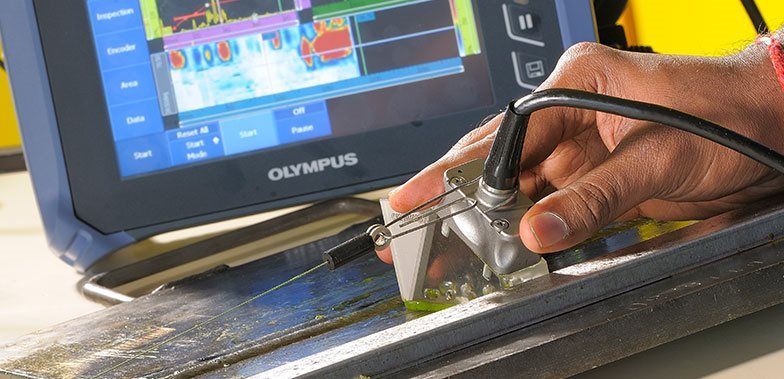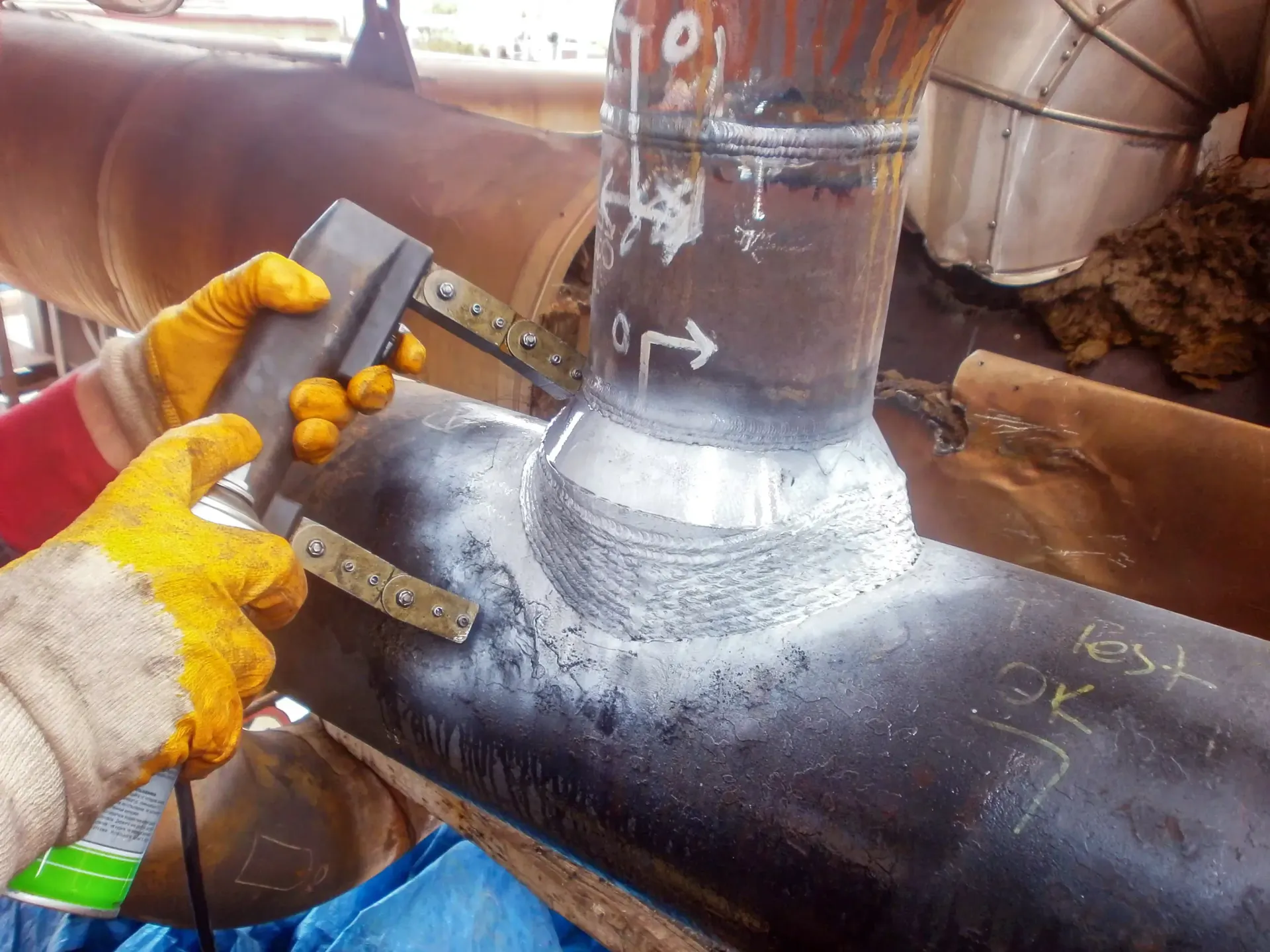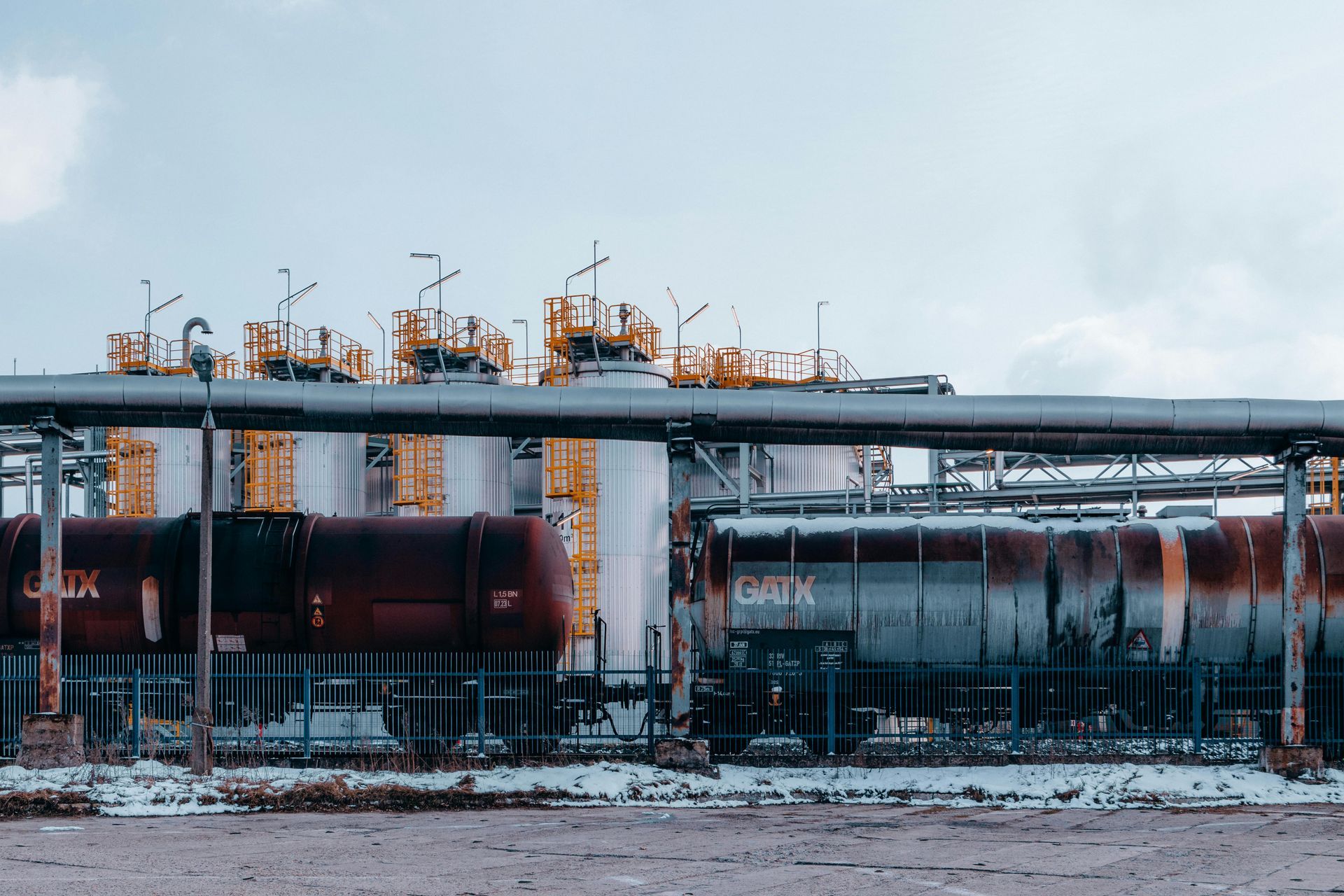Why Spring is the Perfect Time for NDT Inspections
March 11, 2025
As winter fades and the flowers start to bloom, many industries gear up for a busy season ahead. Spring is more than just a time for cleaning and renewal; it's also the ideal season for
Non-Destructive Testing (NDT) inspections. Whether you’re in construction, amusement parks, or manufacturing, conducting NDT inspections in spring can bring numerous benefits that are essential for safety and efficiency.
Photo By: TWI Global
The Benefits of Spring for NDT Inspections
Spring provides the optimal conditions for performing NDT inspections. The moderate weather and longer daylight hours contribute to more efficient and effective inspections. Here's why spring is the best time to schedule your NDT inspections:
Favorable Weather Conditions
The mild temperatures of spring create a conducive environment for NDT professionals to perform their tasks without the hindrances of extreme cold or heat. Cold weather can make materials brittle, affecting the accuracy of certain tests, while excessive heat can pose risks to both inspectors and equipment. Spring’s balanced temperatures help ensure that NDT inspections are conducted smoothly and accurately.
Extended Daylight Hours
The increased daylight during spring allows for more extended work hours, enabling NDT teams to complete inspections more efficiently. This means less disruption to your operations and quicker turnaround times. For industries like construction and amusement parks, which rely heavily on visual inspections, the natural light enhances the accuracy and reliability of the results.
Reduced Downtime
Spring is often a preparatory season for many industries, making it an ideal time to carry out necessary maintenance and inspections. By conducting NDT inspections in spring, you can address any potential issues before the peak operational periods, reducing the risk of unexpected downtime and costly repairs during busy seasons.
Industries That Benefit from Spring NDT Inspections
Several industries can reap significant benefits from scheduling their NDT inspections in spring. Here are some key sectors:
Amusement Parks
Safety is paramount in amusement parks, and NDT inspections play a crucial role in ensuring that rides and attractions are safe for visitors. Spring is the perfect time to perform amusement park inspections, allowing parks to identify and fix any potential issues before the summer crowds arrive. Techniques like visual inspection NDT and ultrasonic testing are commonly used to inspect ride components for wear and tear.
Construction
In the construction industry, spring is often the lead-up to the busiest time of the year. Conducting NDT inspections during this season allows for the identification of structural integrity issues in buildings, bridges, and other infrastructure. Structural NDT methods, such as radiographic and magnetic particle testing, can detect flaws that might compromise safety and stability.
Manufacturing
Manufacturers can use spring inspections to ensure that machinery and equipment are in optimal condition before ramping up production. Non-destructive testing methods, including
eddy current testing and visual inspection NDT, help identify defects in components without causing damage, ensuring that production lines run smoothly and efficiently.
Photo By: Universal Technical Institute
Popular NDT Methods for Spring Inspections
There are various NDT methods available, each suited to different applications. Here are some popular techniques used during spring inspections:
Visual Inspection NDT
Visual inspection is one of the most straightforward and widely used NDT methods. It involves examining materials and components for visible signs of wear, corrosion, or damage. This method is especially useful for detecting surface defects in large structures like bridges and amusement park rides.
Ultrasonic Testing
Ultrasonic testing uses high-frequency sound waves to detect internal flaws in materials. It's commonly used in industries like manufacturing and construction to inspect welds, castings, and composites. This method is highly effective in identifying subsurface defects that might not be visible through visual inspection alone.
Radiographic Testing
Radiographic testing involves using X-rays or gamma rays to create images of the internal structure of a material. This method is particularly useful for identifying defects in welds and metal components. Radiographic testing is widely used in construction and manufacturing to ensure the integrity of critical structures.
Magnetic Particle Testing
Magnetic particle testing is used to detect surface and near-surface defects in ferromagnetic materials. By applying a magnetic field and dusting the surface with iron particles, inspectors can identify cracks and discontinuities that might compromise the integrity of the material. This method is often used in the inspection of pipelines, vehicles, and heavy machinery.
Preparing for Spring NDT Inspections
To ensure that your NDT inspections are as effective as possible, preparation is key. Here are some steps to take before scheduling your spring inspections:
Plan Ahead
Start planning your NDT inspections well in advance to avoid last-minute scheduling conflicts. Coordinate with your NDT service provider to determine the best time and methods for your specific needs. Early planning also allows you to allocate resources and budget effectively.
Choose the Right NDT Methods
Different industries and applications require different NDT methods. Work with your NDT provider to select the most appropriate techniques for your inspections. Consider factors such as material type, defect types, and accessibility when choosing your methods.
Train Your Team
Ensure that your team is well-trained in NDT procedures and understands the importance of these inspections. Providing training on safety protocols and inspection techniques can help improve the overall effectiveness of the process.
Conclusion
At Steel City NDT, we believe that spring presents an unparalleled opportunity for conducting Non-Destructive Testing (NDT) inspections. The favorable weather conditions, coupled with extended daylight hours, allow us to deliver precise and thorough inspections, ensuring your operations remain safe and efficient. By scheduling your NDT inspections in spring, you can proactively identify and address potential issues before the peak season, which is crucial for industries like amusement parks, construction, and manufacturing.
Don't wait until it's too late!
Contact Steel City NDT today to plan your spring inspections and leverage the benefits of our expert services. Our experienced team is ready to help you enhance safety and productivity while ensuring compliance with industry standards. Let's work together to keep your operations running smoothly throughout the year!
You might also like


NDT/NDE SERVICES
QUICK LINKS
CONTACT US
Steel City NDT, LLC
322 Mall Blvd. Suite 270 Monroeville, PA 15146
All Rights Reserved | Steel City NDT | Powered by Quantifi Media





